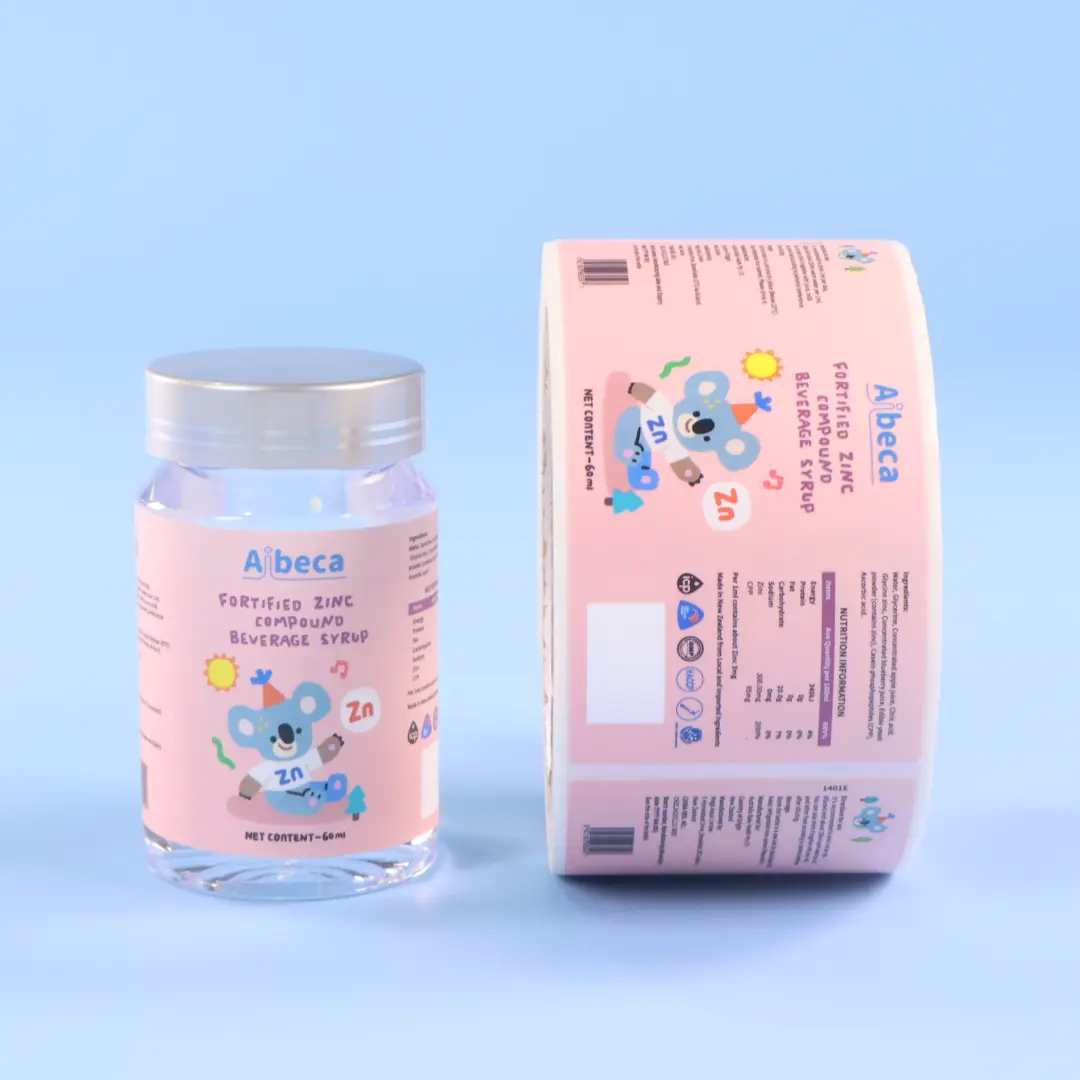Custom Labels Manufacturer & Custom Stickers Supplier - DJB Labels My Alibaba
Tips for Effective Use of Printed Medical Labels in Hospitals
Types of Printed Medical Labels
Different types of labels serve specific purposes in ensuring clarity and accuracy. For instance, patient wristbands are designed for quick access to personal information. They help healthcare staff identify the right patient at the right time, significantly reducing the risk of errors. Medication labels, on the other hand, provide clear and concise information about the prescribed drug, including dosage and instructions. Supply tags help in identifying medical items, ensuring that staff can easily locate and dispense the correct supplies.
Patient Wristbands

Patient wristbands are critical for patient identification. They typically include basic information such as the patients name, date of birth, and any allergies. Using bold fonts and clear, legible text, these wristbands are easy to read from a distance, minimizing the need for verbal communication. This reduces the risk of misidentification, a common cause of medical errors.
Medication Labels
Medication labels are highly detailed and must be easily readable. They typically include information such as the medication name, dosage, frequency, and any special instructions. Using color coding and a consistent font style enhances readability, making it easier for healthcare providers to administer the correct medication to the right patient. For example, a red label might indicate a high-risk medication, while a green label could denote a lower-risk drug.
Supply Tags
Supply tags are used to identify medical items quickly and efficiently. These tags are often color-coded or have distinctive symbols to indicate the type of item, making it easier for staff to locate and dispense the correct supplies. For instance, a blue tag might represent a surgical instrument, while a yellow tag could signify a cleaning solution.
Best Practices for Label Production and Quality Control
The production of printed medical labels requires meticulous attention to detail and adherence to stringent quality control measures. Modern printers, especially those using digital technology, ensure that labels are both durable and reader-friendly. Design guidelines emphasize the use of bold fonts and consistent color coding to enhance legibility.
Digital Technology
Digital technology plays a vital role in label production. Advanced printers can print labels quickly and accurately, often with a high-resolution print quality. This technology ensures that the information on the label is clear and easily readable, even under challenging conditions.
Quality Control
Quality control processes are critical to ensure that labels meet safety and efficacy requirements. Rigorous testing includes checking the durability, adhesion, and readability of the labels. Barcodes and QR codes are often included to facilitate quick and accurate data retrieval, which is crucial for managing patient records and medication distribution.
Enhancing Patient Safety with Effective Label Management
Effective label management is crucial for preventing medication errors and enhancing patient safety. Clear and legible information on labels reduces the risk of misidentification, while consistent labeling practices minimize confusion. Implementing automated systems for label printing and distribution streamlines workflows, ensuring that labels are current and accurate.
Automated Labeling Systems
Automated labeling systems can significantly reduce errors and improve efficiency. These systems use modern printers equipped with barcode scanners, enabling rapid label generation and distribution. Integrating these systems with electronic health records (EHR) enhances data management, ensuring seamless communication between departments.
Case Studies
Leading healthcare facilities have implemented automated labeling systems with great success. For instance, a hospital in New York City saw a significant reduction in medication errors after implementing an automated labeling system. This is a prime example of how technology can enhance patient safety and operational efficiency.
Overcoming Challenges in the Implementation of Printed Medical Labels
Transitioning to new label systems presents challenges, such as interoperability issues and the need for staff training. Implementing a phased approach and providing comprehensive training programs ensures a smooth transition. Additionally, integrating new systems with legacy infrastructure minimizes disruptions. Collaboration between departments and IT teams is essential to address these challenges, ensuring the successful adoption of new technologies.
Phased Approach
A phased approach allows hospitals to introduce new technologies gradually, reducing the risk of system failures. This approach enables staff to become familiar with new systems and procedures without overwhelming them with too many changes at once.
Staff Training
Comprehensive training programs are crucial for ensuring that staff can effectively use new labeling systems. Training should cover all aspects of the system, including label design, printing, and distribution. Regular follow-up training sessions help ensure that staff are up-to-date with the latest procedures and technologies.
Future Trends in the Use of Printed Medical Labels
Emerging technologies are transforming the use of printed medical labels. QR codes and RFID tags offer innovative solutions, enabling non-contact identification and data retrieval. For example, scanning a QR code can quickly display detailed patient information, while RFID tags can track medical supplies in real-time. These technologies enhance the efficiency and accuracy of label management, aligning with the growing demand for digital health solutions.
QR Codes
QR codes are becoming increasingly popular in healthcare. They can quickly display detailed patient information, such as allergies, medications, and medical history. This reduces the need for manual record keeping and helps prevent errors.
RFID Tags
RFID tags provide real-time tracking of medical supplies. This technology ensures that supplies are always accounted for and can be located quickly when needed. This is particularly useful in busy hospital environments where supplies can be quickly depleted.
Conclusion
Optimizing the use of printed medical labels in hospitals involves understanding their types, production, management, and leveraging evolving technologies. By focusing on these aspects, healthcare institutions can enhance their practices, ensuring that labels remain accurate and reliable. As technology advances, we can expect further innovations that will redefine the use of labels in healthcare, making them an even more integral part of effective healthcare delivery.
-
-
1.3Supply Tags
-
-
-
3.2Case Studies
-
